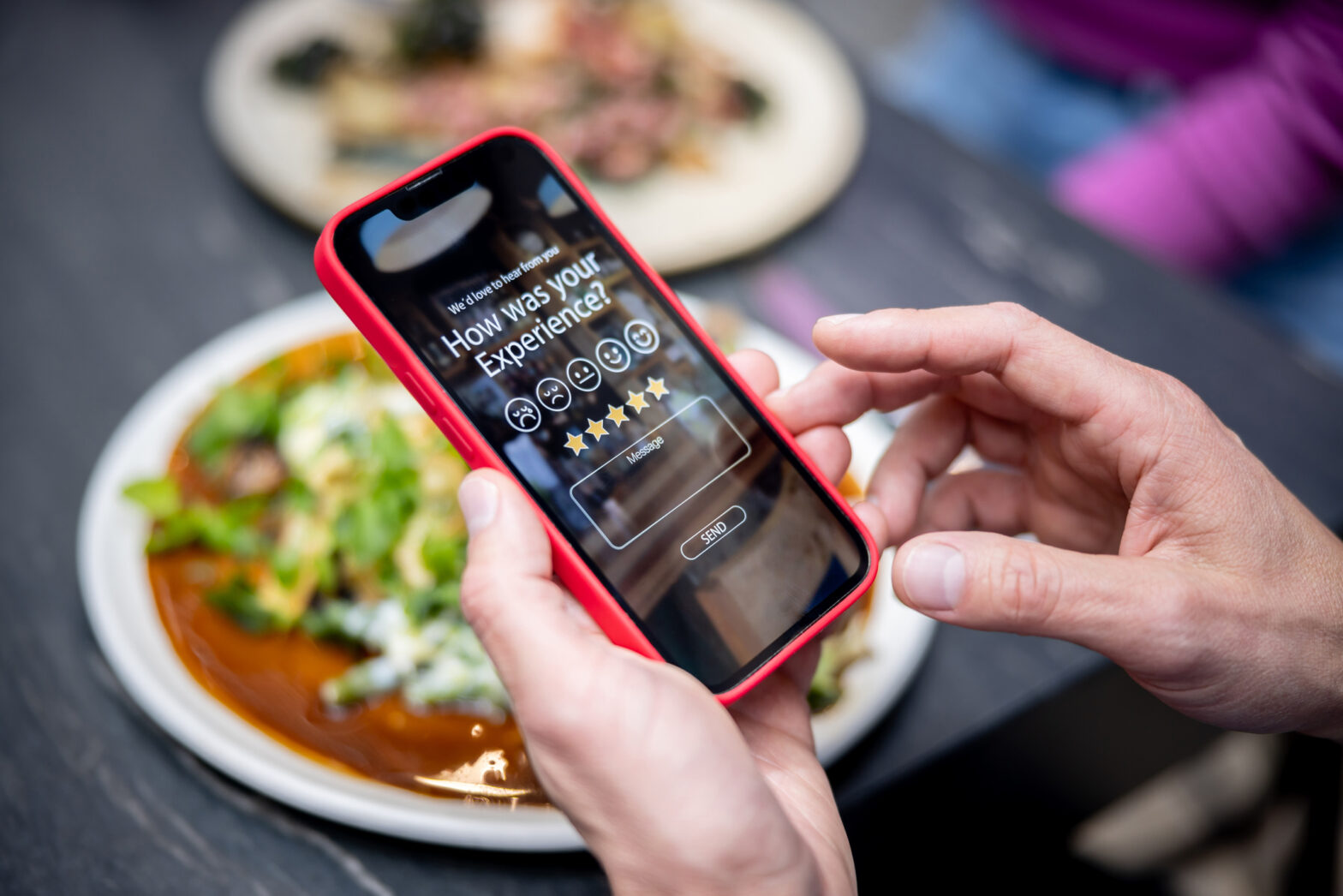There was a time, in the heady days of Google real-time search, that commentators were already calling it “Twittle”. From 2009 to 2011, It seemed like a match made in heaven between microblogging mammoth Twitter and increasingly self-aware search engine, Google.
The two signed pre-nuptials in the form of a content agreement in 2009 which allowed Google to present relevant tweets on its SERP (search engine results page) until 2011 via a “specially delivered feed” from Twitter.
Both parties benefited from the agreement, with Google able to deliver on its promise of more real-time updates and with Twitter having the skeleton key to Google’s impenetrably large audience.
When the agreement expired, everyone had expected at the very minimum an extension, if not an expansion to the partnership.
In reality, Twitter took its ball and went home with Google Real-time closing its own doors shortly after.
Fast-forward 5 years, in a world where a U.S presidential candidate is successfully using the network as his primary communications platform, and where Google has joined the growing list of those declining the option to buy Twitter. So where has it gone wrong, and where next for the iconic sparrow?
An issue that Twitter has had is adapting to the changing behaviours of its target audience. Since its inception, it evolved from its almost cult status in 2006 – to 288 million active users by the end of 2014.
Since then though, monthly active users have somewhat plateaued at just over 300 million in Q2 2016. One theory is that the prevalence of ads within users’ Twitter timelines has put existing users off a platform which had developed its cult status following through a perceived anti-establishment stance.
What has magnified this issue is the level at which advertisers can target their prospective audience. One of the things that users liked about Twitter was the relatively little information they needed to sign up for the platform.
Unfortunately for Twitter, this noble position doesn’t sit well in the world of online marketing, where advertisers expect to target users on a virtually one to one level.
Twitter’s age, gender and interest targeting is based on “inferred” data leading to a vast array of irrelevant, broad stroke advertising in the form of promoted tweets, promoted trends and other more visual formats.
To adapt to changing times, Twitter needs to redeploy its vast data repository away from the saturated model of static ads and look to innovation within its unique strengths.
One way that Twitter could look to go is to offer tailored ad packages as part of an extension of large TV spot buying. Currently, live tweeting during TV shows accounts for a significant amount of total tweets – an example with the Games of Thrones Season 5 finale alone having 436k event related tweets.
This is one example of how Twitter has a unique and positive appeal against other social media platforms, in the ability to build real-time social communities tied together through live events.
Advertisers with TV spots during these large events would relish the ability to extend their campaign online through some sort of immersive, relevant creative offering from Twitter.
The challenge remains in how to grow that relatively niche user base in a time of intense competition.
In one minute in 2016, there are 20m+ WhatsApp messages, 527k snapchats, 977k tinder swipes and only 347k tweets –wrestling the attention of a digital-obsessed world will be Twitter’s biggest hurdle to growth.
Ronny Raichura is client director, data and analytics at iProspect.







